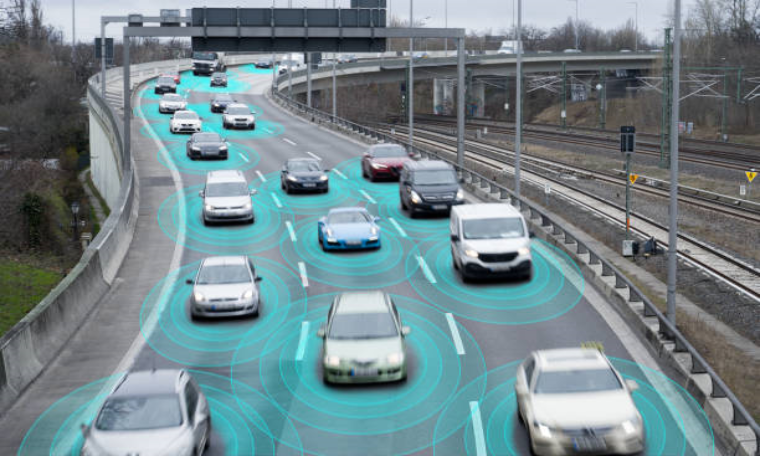
Smart tech is big and it’s everywhere - in our homes, in our phones and wearable tech and, increasingly, in our cars. From smartphone integration, through clever adaptive headlights using matrices of LEDs and lasers, to genuinely automated driving systems, which can take over a specific driving task, manufacturers are finding innovative ways to improve safety by using cameras and sensors to keep an eye on the road. And this is just the start: new and emergent technology like V2X (vehicle to everything) and the growth of 5G will enable cars and their occupants to communicate with each other and the outside world, while geofenced automated driving technology is already in use in other countries.
These are exciting and important developments and advertisers will understandably want to promote the benefits for safety, but it’s worth remembering that the same rules (which have always been smart) in the CAP Code still apply.
This week, the Society of Motor Manufacturers and Traders (SMMT) published guiding principles for the responsible marketing of automated vehicles. These principles highlight, for example, that automated driving features must be clearly described so as not to mislead, that an automated feature must be clearly distinguished from simpler assistance features and, conversely, that assisted driving features should not be described in a way which might suggest to consumers that they provide an automated driving function.
The principles also highlight the need to comply with CAP and BCAP Code rules.
For example, Rule 19.2 says that advertising should not “condone or encourage unsafe or irresponsible driving” or depict behaviour that, if emulated, could result in a breach of the legal requirements in the Highway Code.
Rule 19.5 says that “safety claims must not exaggerate the benefit to consumers. Marketers must not make absolute claims about safety unless they hold evidence to substantiate them”. The BCAP Code, covering TV and radio advertising, echoes these principles in rules 20.1, 20.2 and 20.5 and the ASA has taken action when ads have exaggerated the safety benefit of driver assistance systems, and the same principles would apply to reference to automated vehicles.
For example, complaints about a TV ad, which showed a driver on a motorway only avoiding driving in front of an overtaking lorry because of a warning by the car’s blind spot monitor were upheld: the ASA said that showing the driver’s dependency on the assistance systems exaggerated the vehicle’s safety features. As such, it concluded that the overall tone of the ad encouraged irresponsible driving
To paraphrase the Highway Code, compliant marketing needs concentration. Avoid exaggerating the benefits or capabilities of new safety technology and always exercise proper control of your advertising at all times. As always, CAP’s Copy Advice team are on hand to help you stay focused.
More on
-
Keep up to date
Sign up to our rulings, newsletters and emargoed access for Press. Subscribe now.


